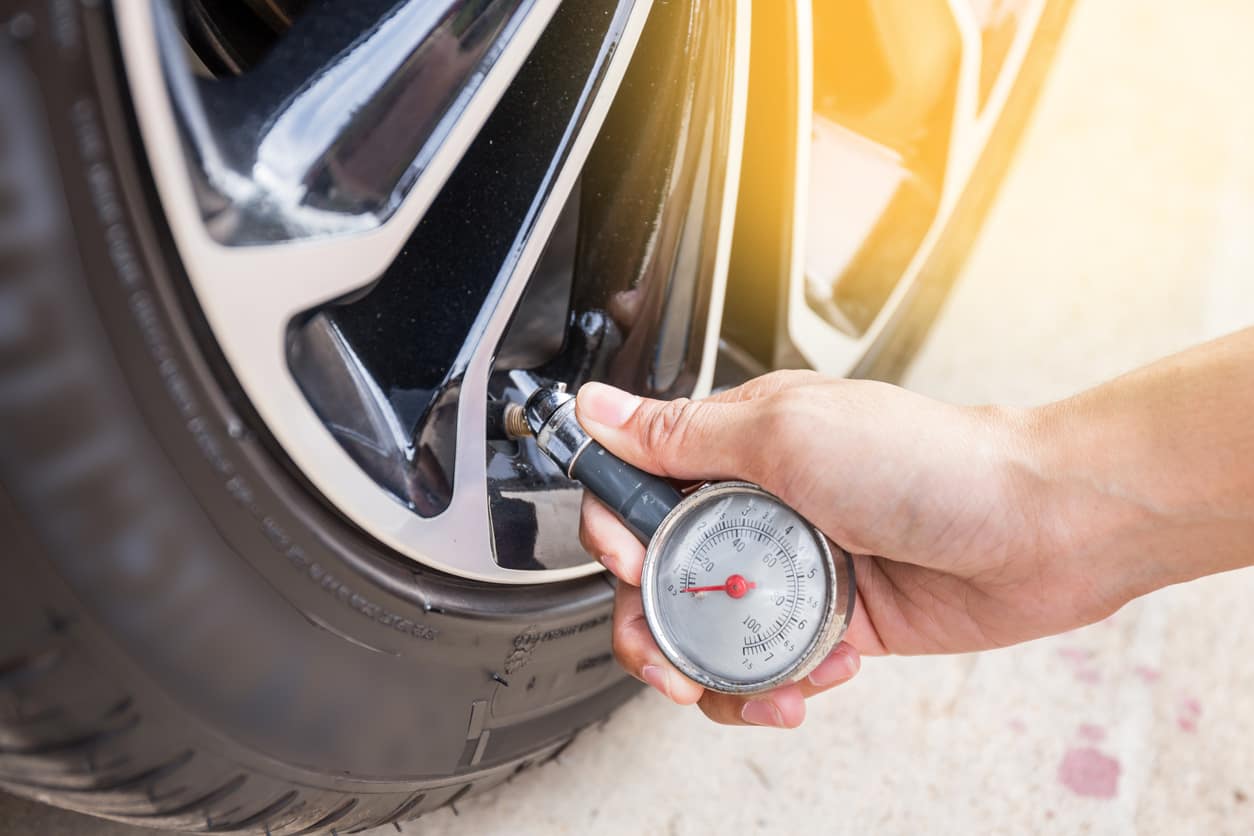
The right tyre pressure can make a major difference in your driving experience during inclement driving conditions like heavy snow, rain and ice. Incorrect tyre pressure also reduces the grip on roads and increases braking distances. It is thus important to check and maintain the right tyre pressure for increased safety and comfort, reduced emissions and better fuel efficiency.
Checking and maintaining your tyre pressure is easy and can even be done for free at home in a matter of minutes. All you require are a good tyre air pressure gauge, a source of air and the following tips.
Find the right pressure rating for your vehicle in your cars manual and printed on the inside of the drivers door ledge.
You need a simple tyre air pressure gauge that measures pounds per square inch (PSI). Digital pressure gauges are easy to read and accurate, but as requires batteries.
Many gas and service stations have air; while they have gauges on them, they are usually inaccurate and beat. However if you have no alternative, they work.
Remove the dust caps on all tyres nozzles located on the tyre side.
Place the air hose on the tyre stem wherein it hits a pin in the stem and leaks air. Once the air hose nozzle is properly applied to the stem, the leaking air stops. You may require some force to firmly press the hose; however once its in place, you can increase the tyre pressure.
If your tyre requires more air, inflate some air into it. Keep your gauge handy as you have to frequently remove the hose and check the tyre pressure to ensure you do not over-inflate the tyre.
Use small bursts of air in between checks and as the PSI increases, check how much more air you require. Use less air when you are close to your recommended PSI and stop at the right level.
In case of an overinflated tyre, allow some air to escape while the dust cap is still off.
Once the tyre is at the right pressure, remove your air pipe. Replace all the dust caps by screwing them back on. Do not over-screw them as it only breaks the top. These tyre dust caps are important as it keeps your valve stems clean and undamaged.
The pressures of front tyres are usually different from the rear pressures, so its better to check them in pairs.
Generally, small, compact and mid-size sedans have PSI levels ranging between 30-40 while the larger vehicles with larger tyres are about 45. Remember that these are generic PSI figures; you get the actual figure in your cars manual.
While the ideal pressure rating for cars vary, never inflate your tyre five PSI more or less than recommended. Under-inflated tyres wear your tyres sides and make driving dangerous while over-inflated tyres quickly wear out and risks blowouts.
Check your vehicles tyre pressure when the tyres are cold, and havent been driven for at least three hours. So if you have to drive to get air, drive to a place located less than a mile away.
Check your tyre pressure once a week or once a fortnight, especially when there is severe weather and temperature swings, and before a long journey. Also check the spare tyres pressure too as you never know when you may need it.
You can approach Tyre Shopper for more help in checking your tyre pressure and if you need to buy new, quality tyres.
